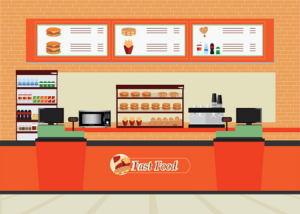The psychological principles for design make a lot of sense to me. Of course affordances and mental models would shape how people use stuff – those concepts seem so core. Formalizing them into the design process feels overdue in a way. Still, I wonder – following guidelines can limit you too, can’t it? The times I’ve felt the spark of creativity or problem-solving have actually come a lot from defying conventions or unspoken “rules.” So where’s the line between guidance and overstandardization? Feels like a tension worth watching.
And even with technology’s insane pace of advancement, I think designers still have to be minimalists at heart. What separates a seamless, delightful experience from a bloated, confusing one is restraint and knowing when to stop adding features just because you can. But how designers make those calls is an art, not a science.
One part that really resonated was thinking about mental models across teams. We all carry biases and assumptions and lenses we see the world through. That exists even (maybe especially?) in cross-functional groups. Creating spaces where communication norms themselves feel simplified and clarified could make a world of difference in alignment, collaboration and innovation. There’s surely design opportunities even in how organizations function on a daily basis.
Overall this piece brought up great food for thought, and refreshed my appreciation of design thinking. I like writings that make me feel both grounded conceptually and curious to apply ideas further. This hit that sweet spot through framing the challenges creatively vs. just technically. The blend of examples and analysis kept a nice engaging pace too. Overall, this was a really enjoyable read!


